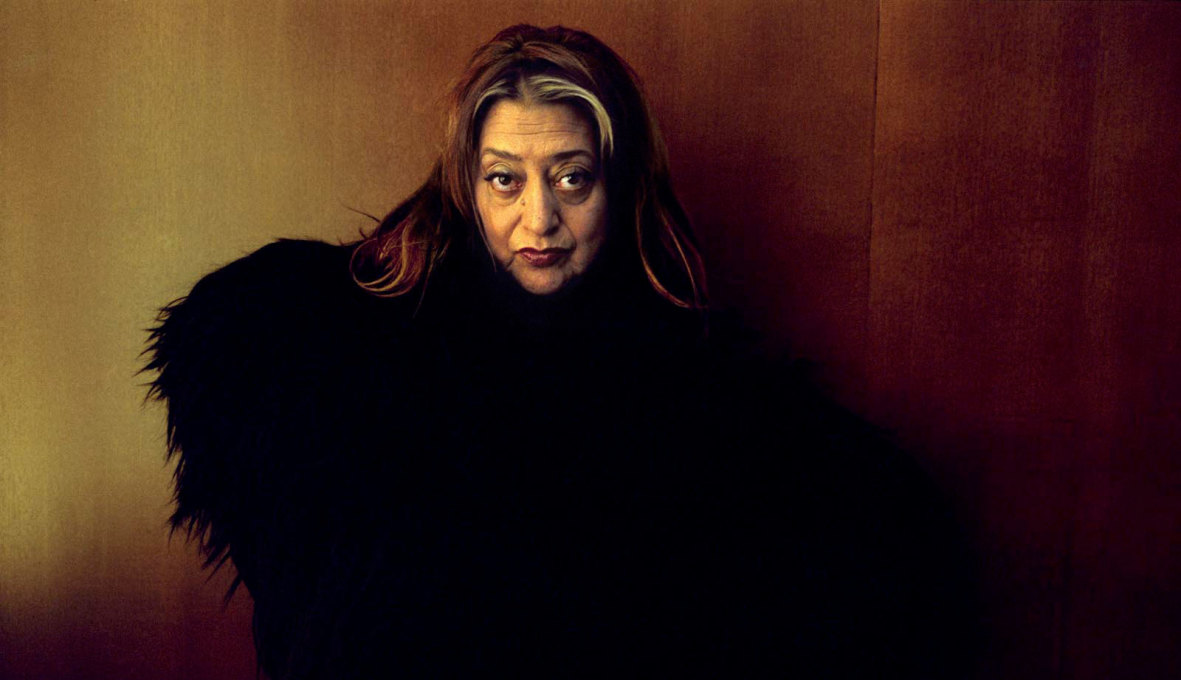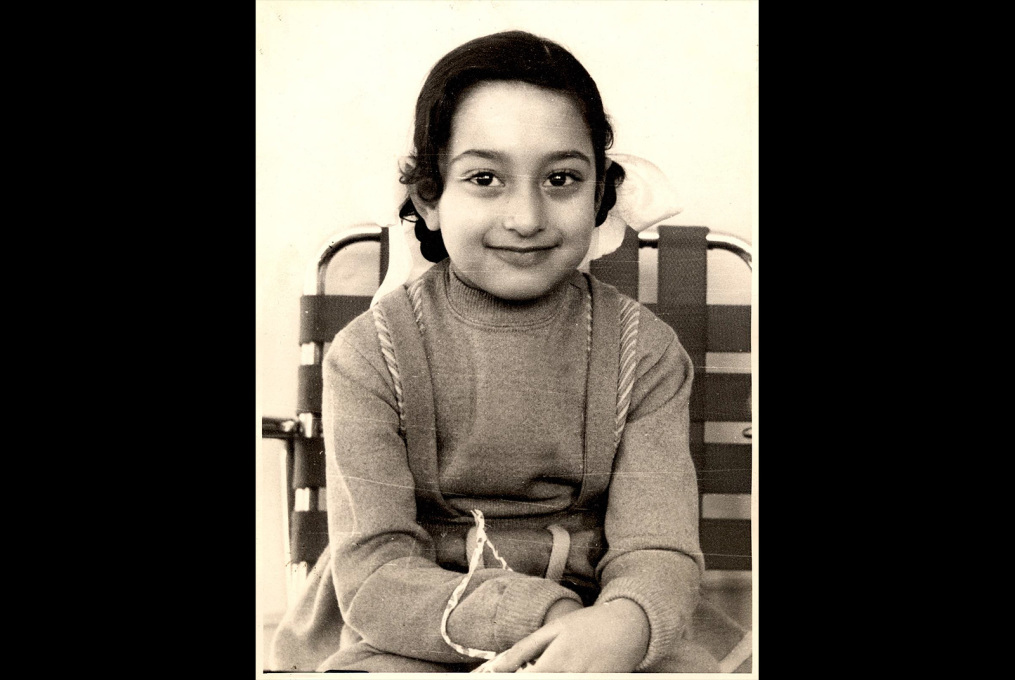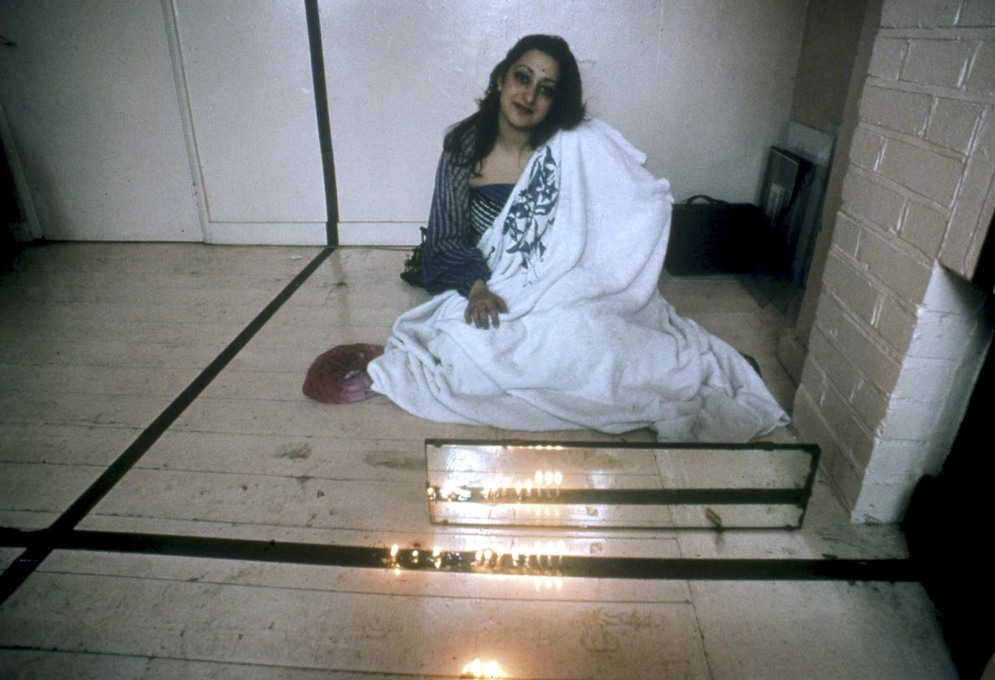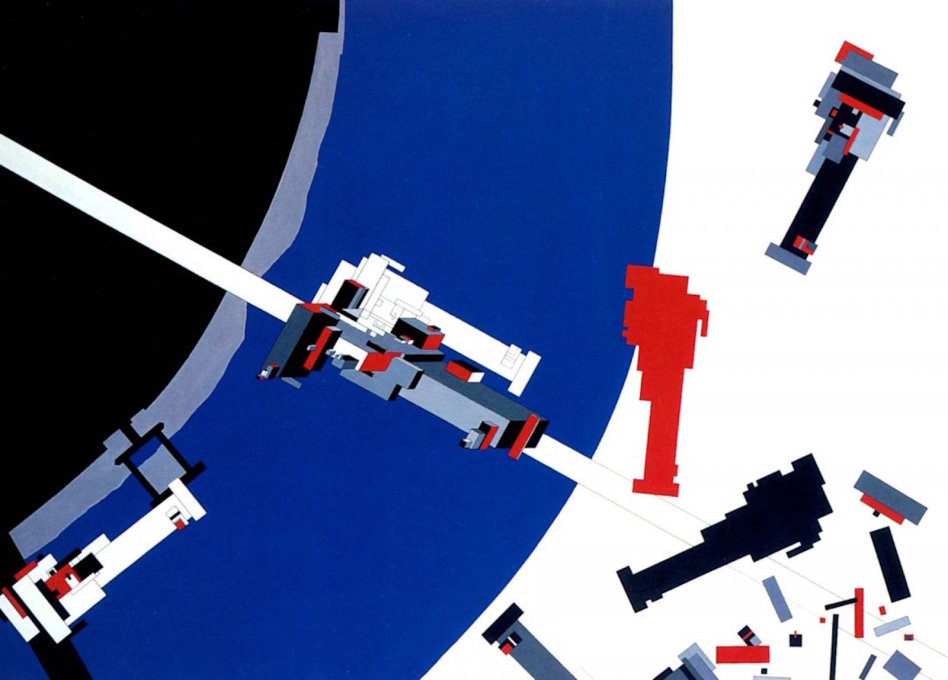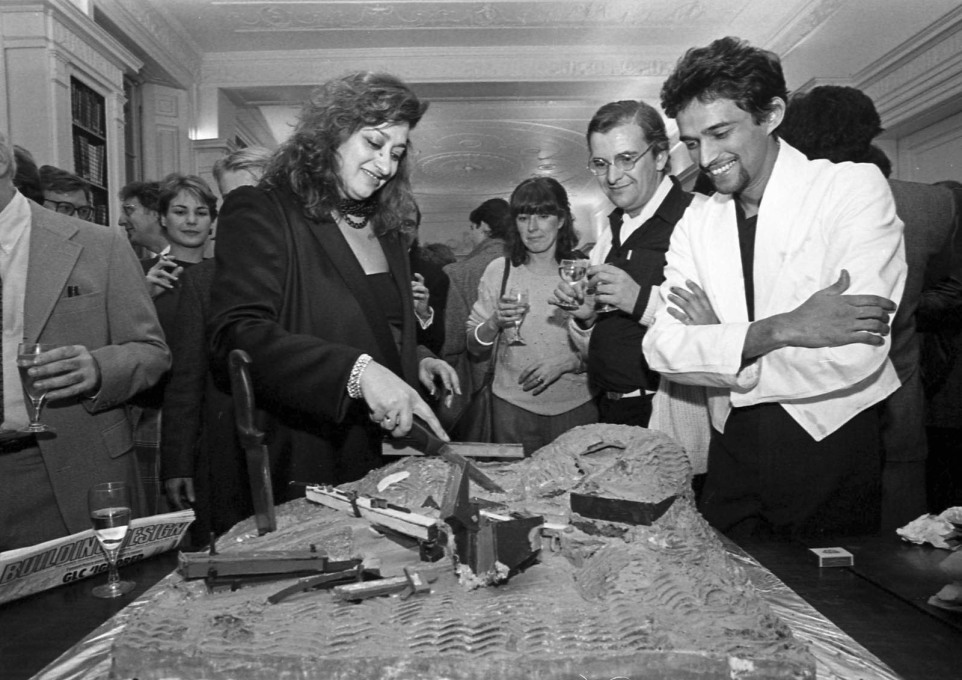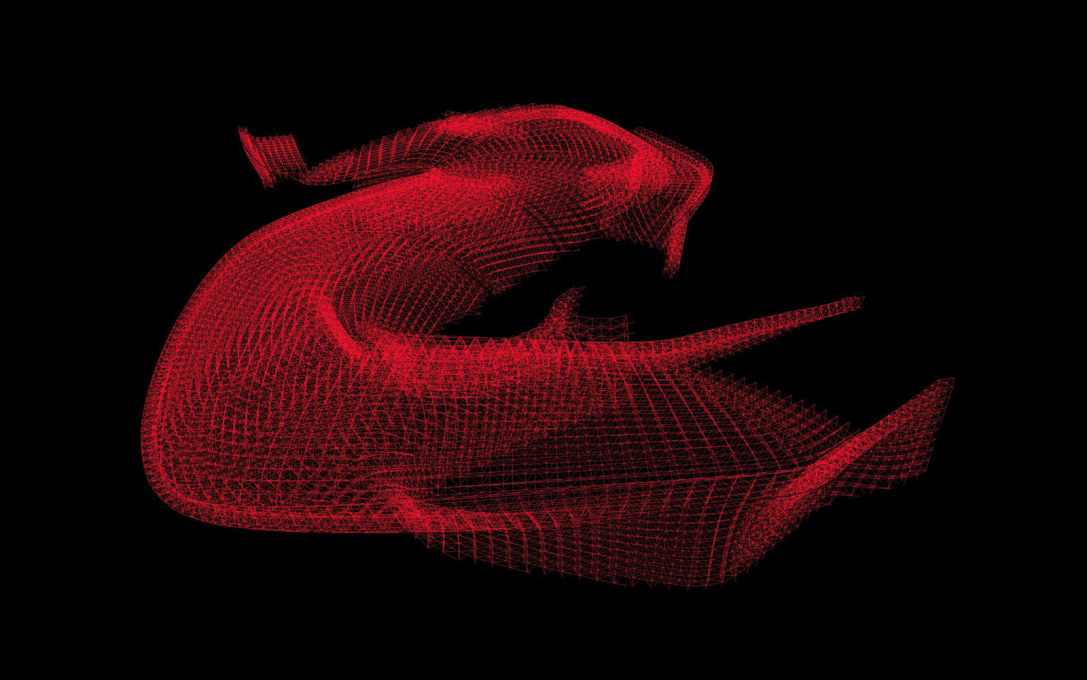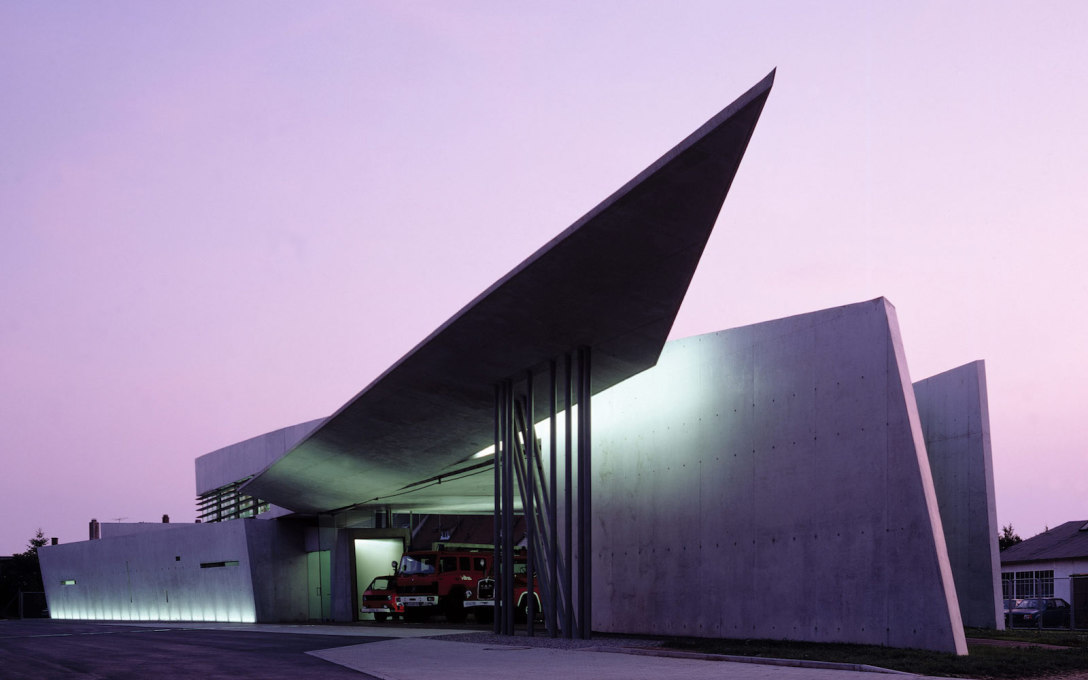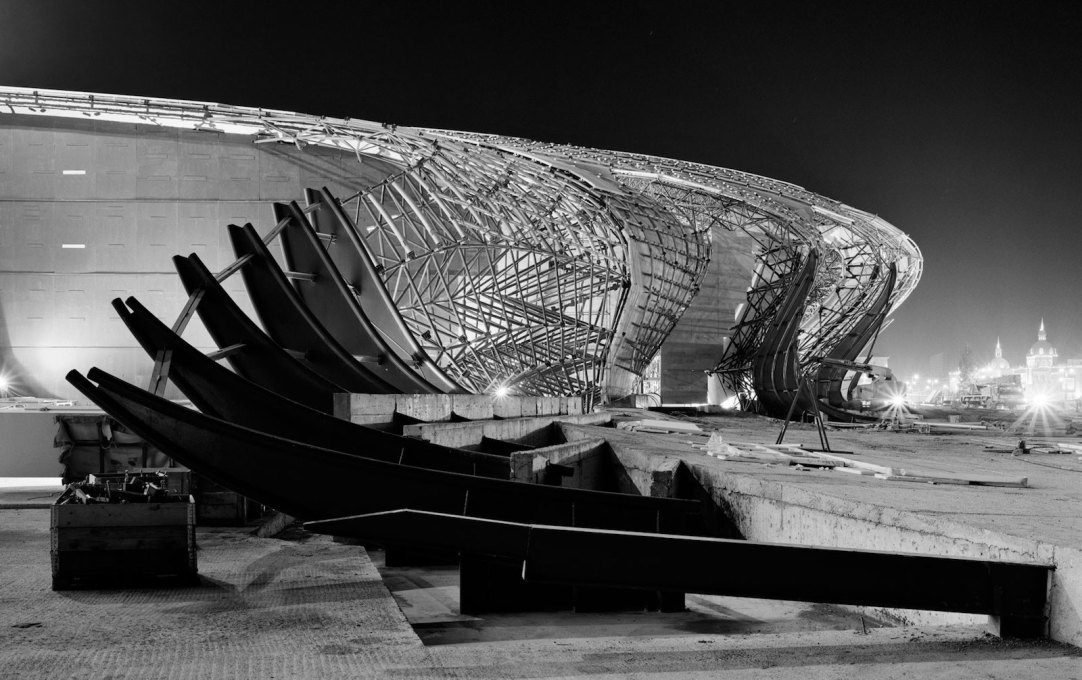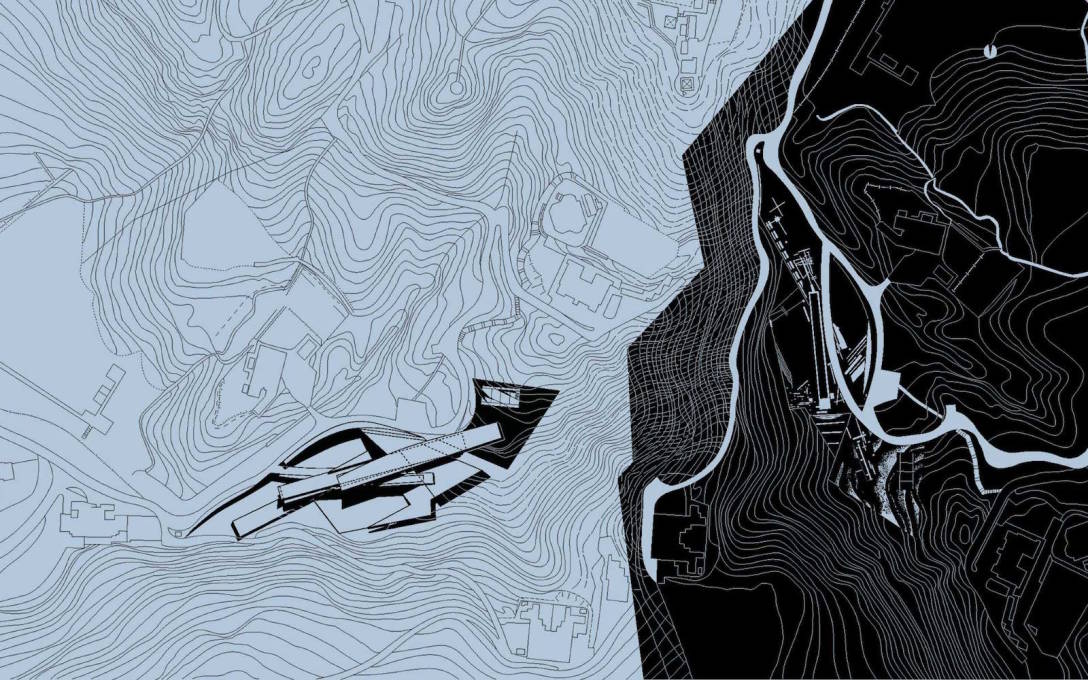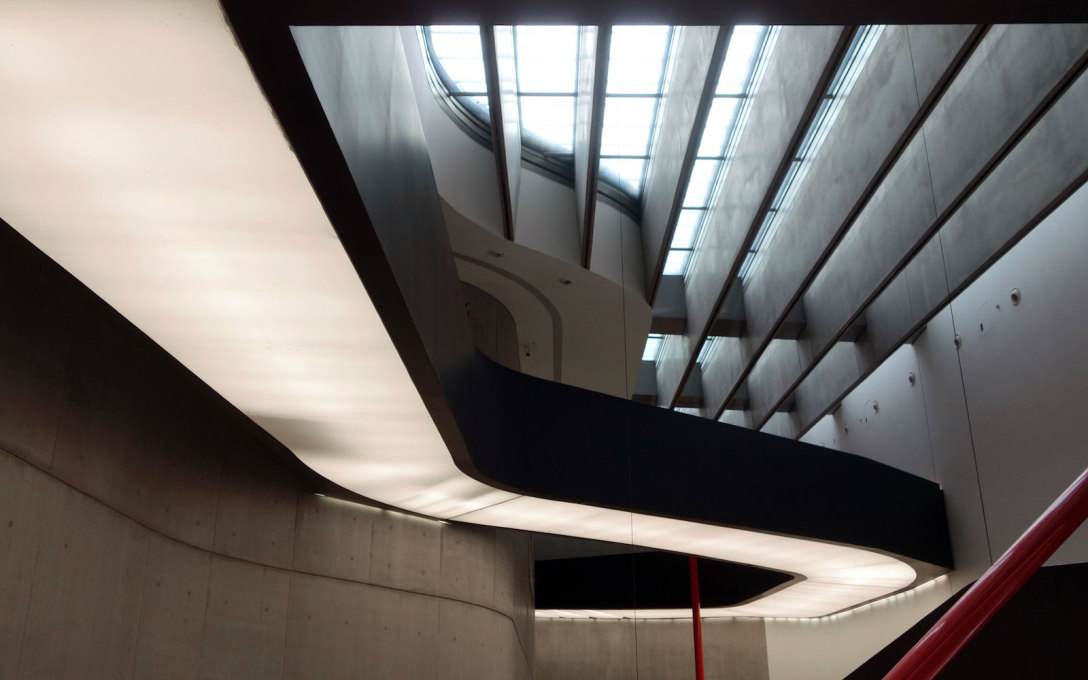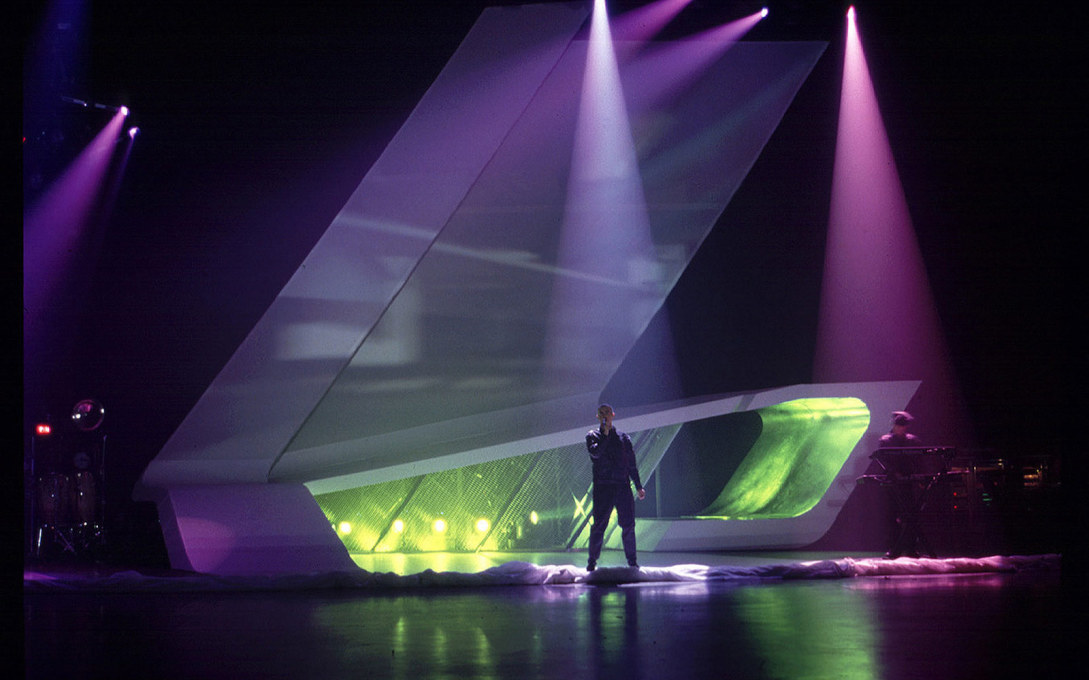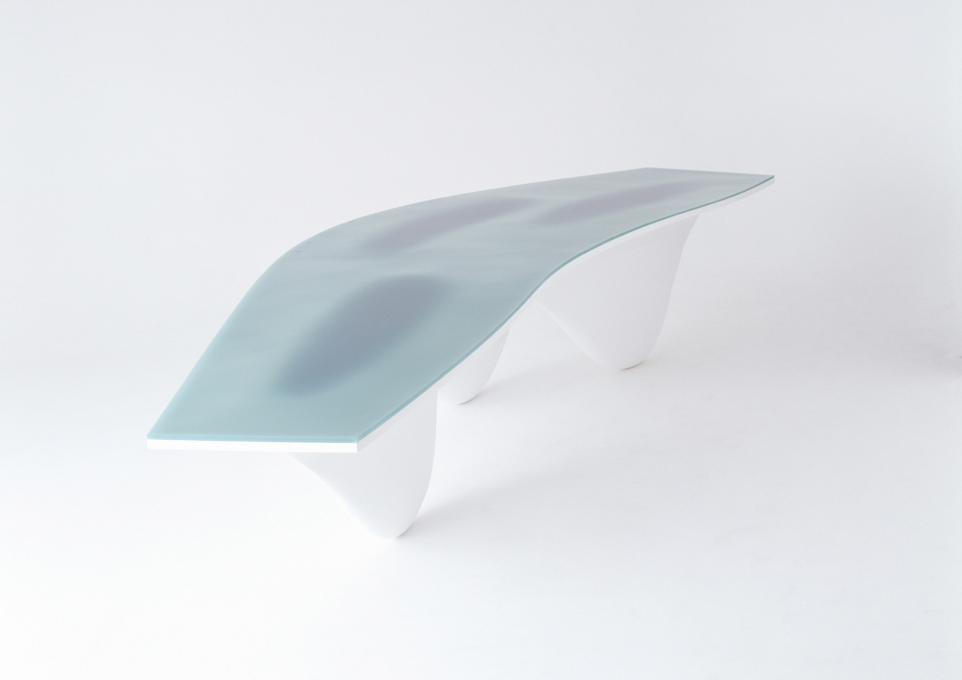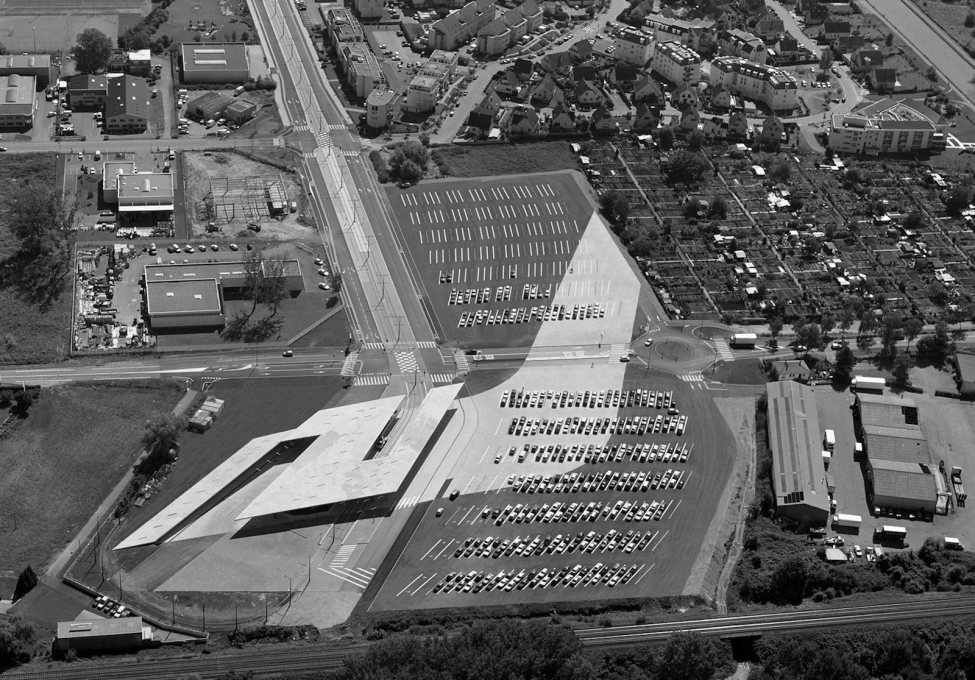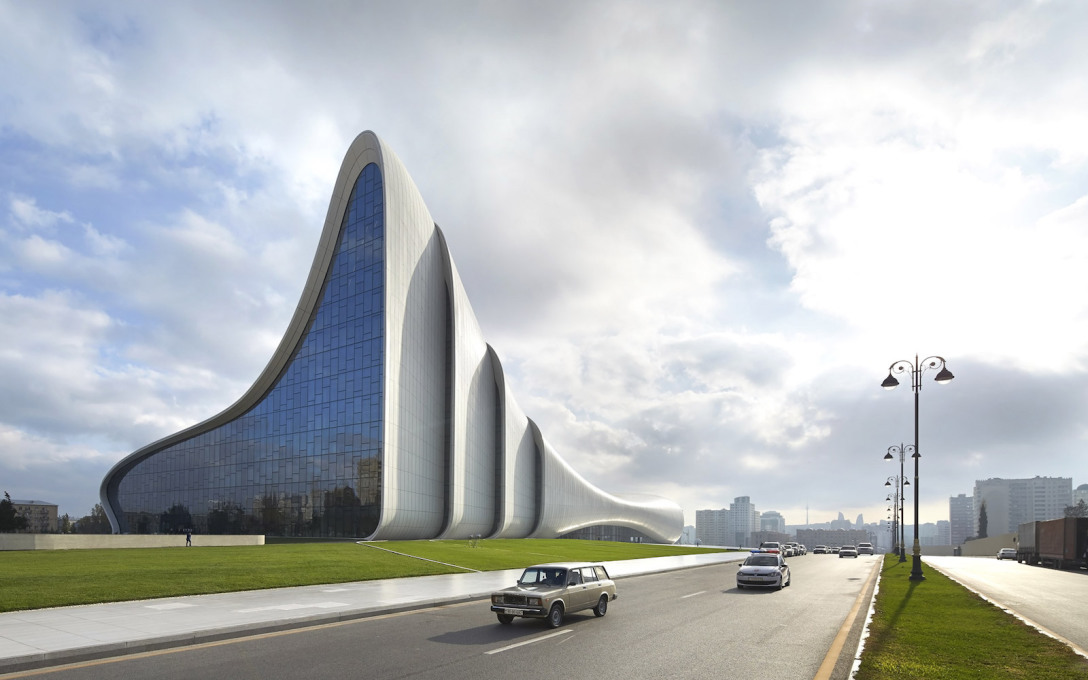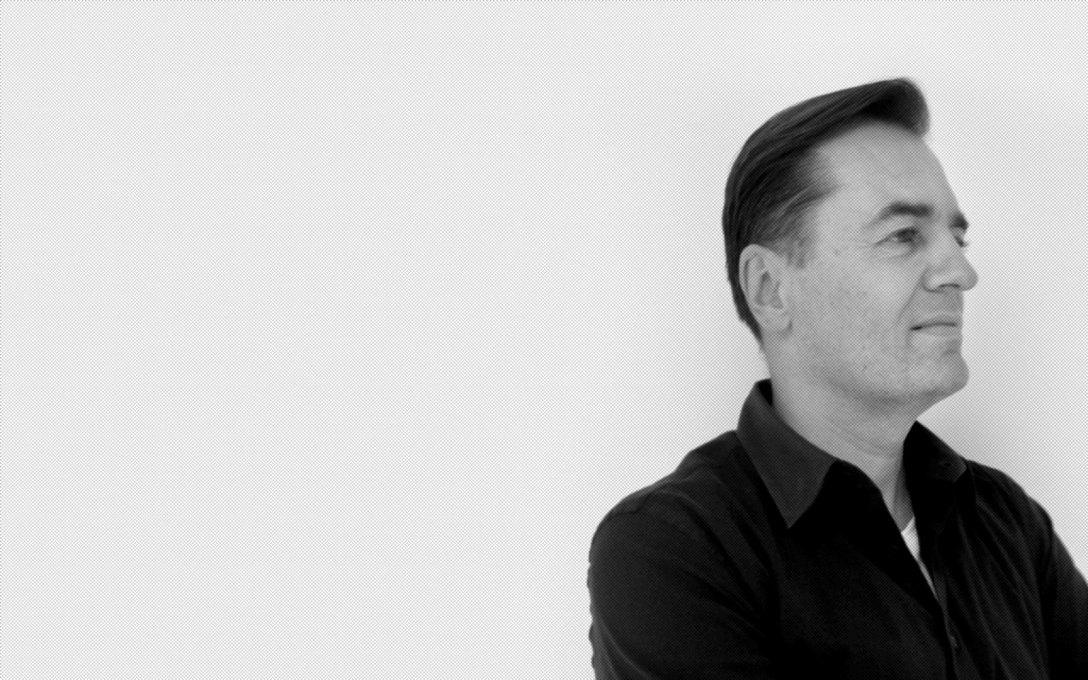Andreas Ruby, architecture critic, curator, teacher, publisher and the new Director of the Swiss Architecture Museum, pays his respects to the life, work and brilliance of Dame Zaha Hadid who died suddenly on March 31, 2016 at the age of 65.
We all have to die, but strangely the terrible news of the sudden death of Zaha Hadid had something unreal about it, as if it simply could not have happened, certainly not so prematurely. She was so omnipresent in the architectural scene that it will be a long and painful exercise to come to terms with her absence. There simply wasn’t any other architect of her stature, she was a one-of-a-kind and larger-than-life personality.
Zaha was notoriously feared for her temperament and yelling powers in and outside of her office – but as she once poignantly rebutted: “Would they call me a diva if I were a man?” Clearly she needed that stamina to make her way through a discipline that is embarrassingly still overtly male-dominated, despite the fact that at architecture schools I see increasingly more women than men. Her incredible career allows one to hope that women will get the status in architecture that they deserve sooner, rather than later.
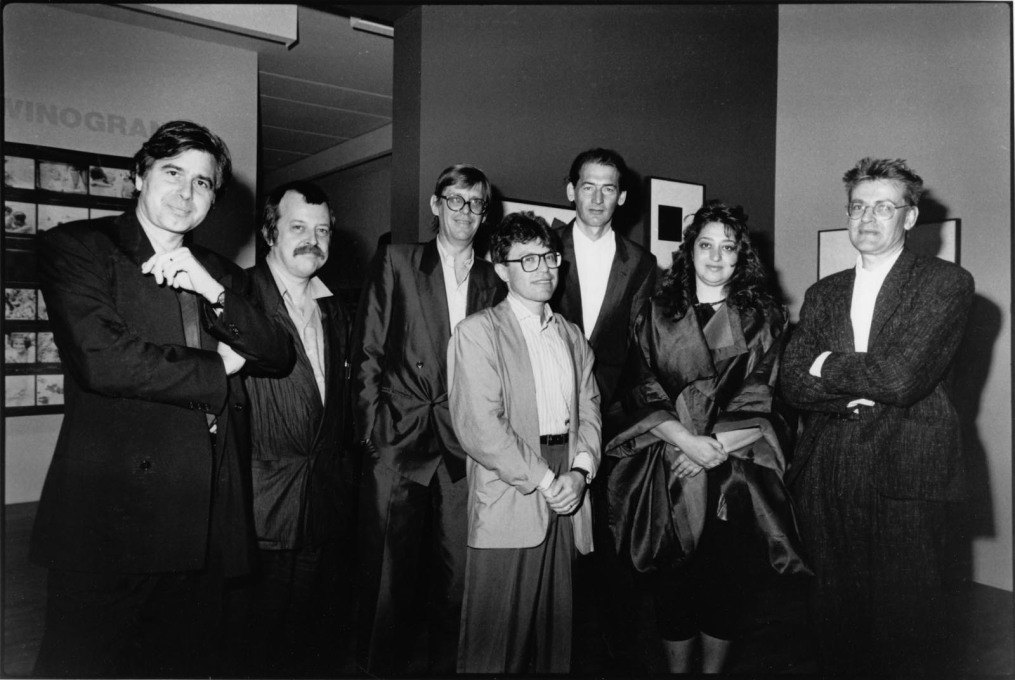
Zaha had so much to give and making unique buildings was just one of her gifts. I always found it a special treat to be with her on final review juries at architecture schools and listen to her talking. She could see right through a project and lay bare its strong and weak points within a minute, straight to the point, even painfully so at times, and disarmingly free of the self-congratulating rhetoric mannerism that all too often fills the halls of academia.
She did not have to demonstrate how smart she was, because her intellect was based on that kind of unmistakable gut-feeling that you either have or don’t have. She had it. Her comments were always the shortest and the most profound, as if she had no time to waste. Yet when speaking to her personally, you would find her to take time to really dedicate herself to a conversation. She did not let you feel how much she had on her plate, but was fully present. That was just one way in which you could feel her generosity, and from friends who worked with her closely I know there were plenty of others.
I have written a number of times about her architecture, especially her early work, which has always fascinated me with its incredible sensibility towards the ground. Like no other contemporary architect she conceptualised the ground as the critical interface between the building and the city. But unlike most other architects following in the footsteps of Le Corbusier’s libération du sol, she approached the ground from the sky – a consequence of her planetary architecture concept – not fleeing the ground, but yielding towards it and staging it as the actual destination of architecture.
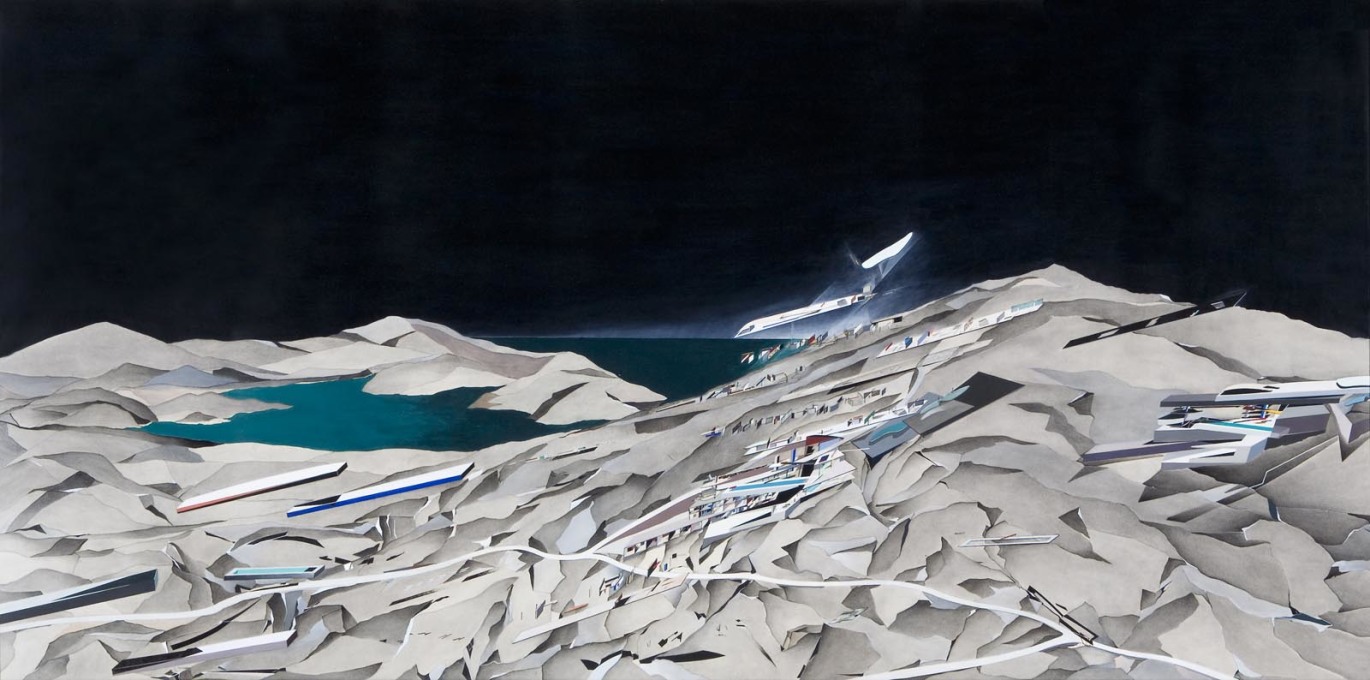
Her Peak Project is an eternal testimony to the spatial drama of that encounter. My favourite project in that sense was always her Cardiff Opera House, where the ground ultimately becomes a space of its own, articulated as a volume between street level and the raised ground level of the building. That was a novel kind of space, maybe only prefigured in some projects by her soulmate Oscar Niemeyer such as his Headquarter for the French Communist Party in Paris, a space which enabled architecture to fuse with urban space in a way that makes you think of Giambattista Nolli’s map of Rome.
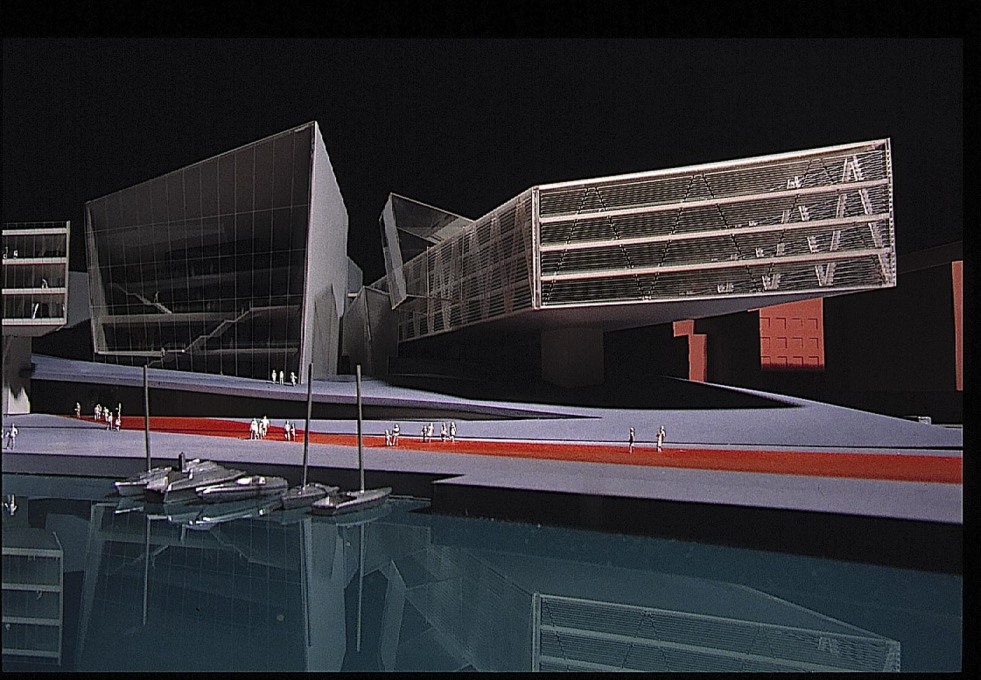
I so wish she could have built Cardiff Opera House. Even unbuilt it marked the history of late twentieth century avant garde architecture as intensely as few other unrealised schemes before or after, it is maybe on par with OMA’s Jussieu Libraries in that sense. I still find it a shame that it was a British architect of the highest reputation, who blocked her scheme from being realised. Architecture is such a tough field to operate in that you would assume solidarity between colleagues a matter of self-interest.
Of all her projects, the one that is dearest to me is her Terminus Hoenheim-Nord in Strasbourg. It is nothing less than the invention of a new typology of traffic space, something that simply did not exist before and which, in its seminal importance for the recalibration of city and surburb, is still waiting to be fully recognised. It shows a way in which the spatial disjunction of the consolidated fabric of the traditional city and the less defined spatial set-up of the suburban condition could be tightened into a new more coherent continuity. It is also a project that shows that she would have been a killer land artist, her capacity to transcend the performance of that space, in a manner light years beyond that of a simple parking surface, is simply stupefying. Only six months ago I wrote a eulogy for this fantastic project for uncube, which now unwillingly has become my farewell to her. I really doubt she will rest in peace since I am convinced she will continue to rock our world in heaven. Here is looking at you, Zaha, and thanks for each and everything.
– Andreas Ruby is Director of the Swiss Architecture Museum (S AM), he is also an architecture critic, curator, moderator, teacher and publisher. He has taught architectural theory and design at a number of institutions worldwide including: Cornell University, École Nationale Supérieure d’Architecture Paris Malaquais, the Metropolis Program Barcelona and Umea School of Architecture. He has published nearly 20 books on contemporary architecture. In 2008 he co-founded the architecture publishing house Ruby Press.
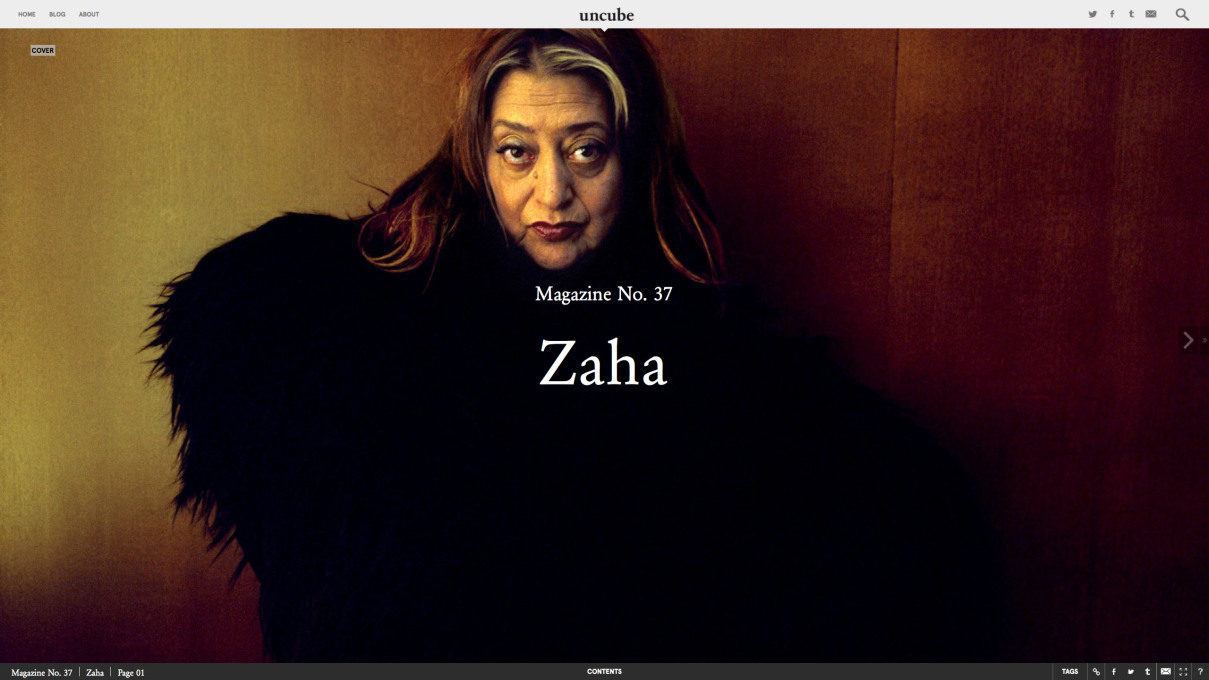
To read uncube’s Zaha, published to mark the occasion of her 65th birthday in October 2015, and to understand why we felt she was an architect worth dedicating a whole issue to, click here: uncube magazine no. 37: Zaha.




